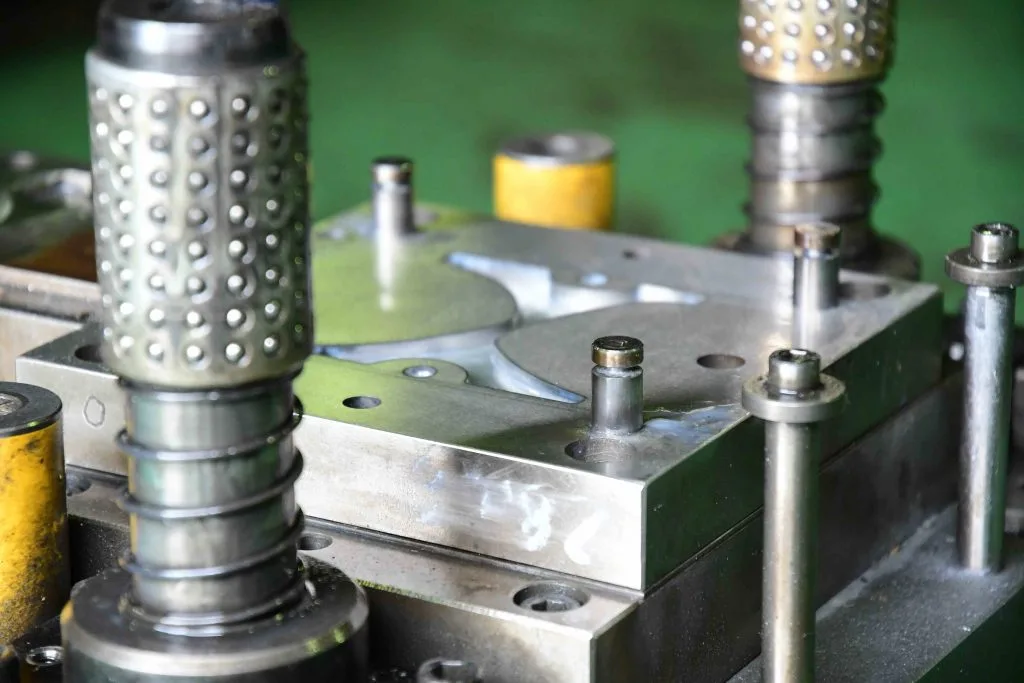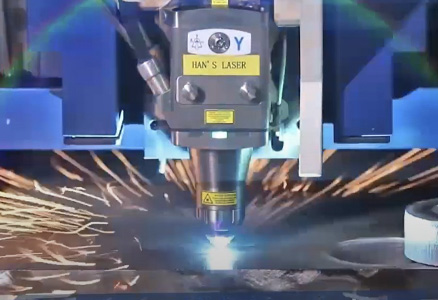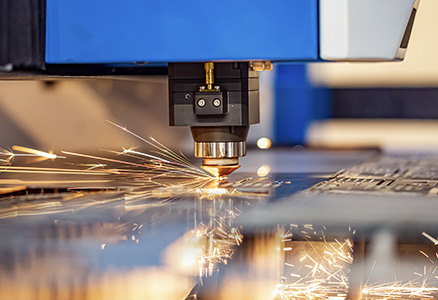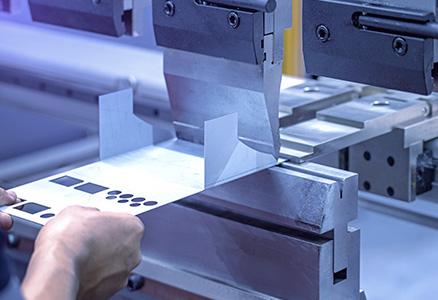In modern automobile manufacturing, automotive sheet metal stamping is a crucial fundamental process. It not only determines the structural strength and external quality of the entire vehicle but also impacts the efficiency and cost control of the entire production line. For automakers and component suppliers who pursue a balance of quality and efficiency, a deep understanding of the process and technical characteristics of automotive sheet metal stamping is key to enhancing competitiveness.
What is Automotive Sheet Metal Stamping?
Automotive sheet metal stamping refers to the process of pressure processing metal sheets using dies installed on a press at room temperature, causing the material to either separate or plastically deform, thus obtaining the desired automotive parts. This process, known as "cold stamping," is widely used in the manufacturing of structural and covering parts such as doors, roofs, hoods, and fenders.
Advantages of Automotive Sheet Metal Stamping
Compared to traditional processing methods, automotive sheet metal stamping has several significant advantages:
Stable product dimensions and high precision: The precision of the die determines the forming precision, which meets the dual needs of modern vehicle bodies for lightweight and high strength.
Lightweight and good rigidity: Through reasonable structural design, material usage is reduced while ensuring strength.
Strong interchangeability and high production efficiency: Suitable for large-scale automated production, with high part consistency.
Low consumption, environmentally friendly, and easy to operate: Cold stamping does not require heating, is energy-saving and environmentally friendly, and the process is simple, making it easy to achieve assembly line operations.
Process Flow of Automotive Sheet Metal Stamping
Automotive sheet metal stamping is mainly divided into two basic processes: separation and forming.
Separation Process
The main task of the separation process is to cut the sheet along designated contour lines to obtain parts with precise shapes, sizes, and cut quality. Typical separation processes include:
Blanking: Cutting the entire sheet into blanks;
Punching: Punching the required holes in the sheet;
Cutting: Separating materials or parts from the whole material;
Trimming: Finishing the edges to meet quality standards.
Forming Process
The goal of the forming process is to change the shape of the material without damaging it, thereby obtaining the desired geometrical contours and structural functions. These processes include:
Drawing: Stretching a flat sheet into a deep cavity, such as fuel tanks and door inner panels;
Flanging: Raising edges to strengthen or connect;
Shaping: Further refining the initially formed parts to enhance dimensional accuracy;
Hole flanging and bending: Pre-processing for local structural strengthening or installation hole positions.
With the continuous pursuit of high quality and high efficiency in automobile manufacturing today, automotive sheet metal stamping technology, with its excellent process advantages, is pushing automotive manufacturing towards new heights of intelligence, lightweight, and high strength development. As one of the core technologies in the manufacturing of automotive structural parts, the sheet metal stamping process will continue to lead vehicle body manufacturing towards a future of higher quality, better cost-efficiency, and stronger performance.






